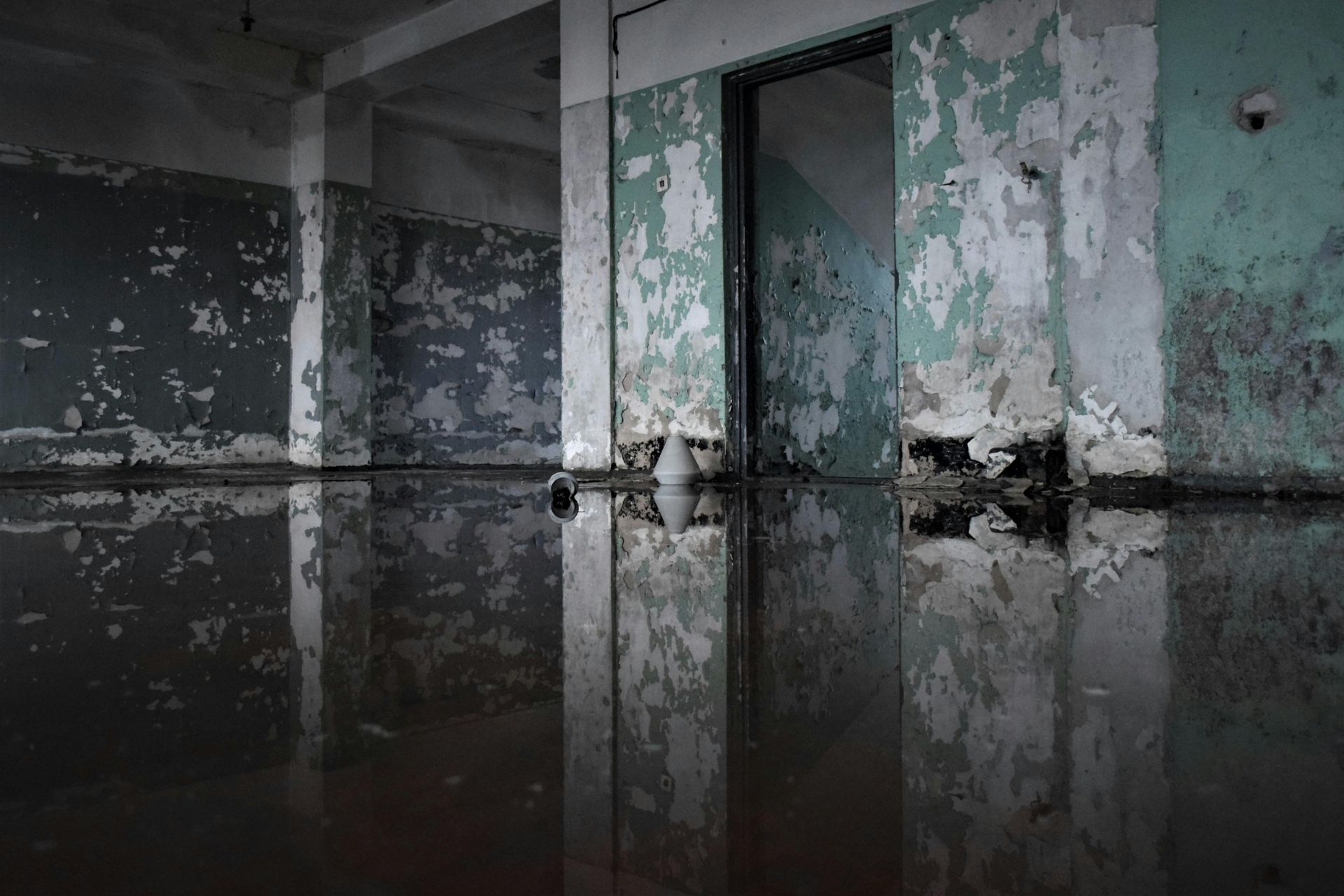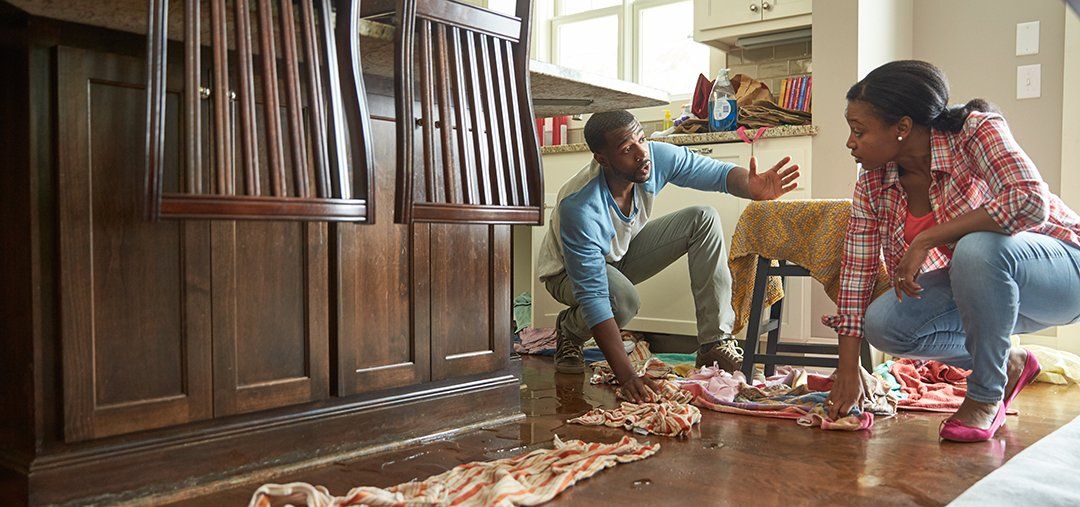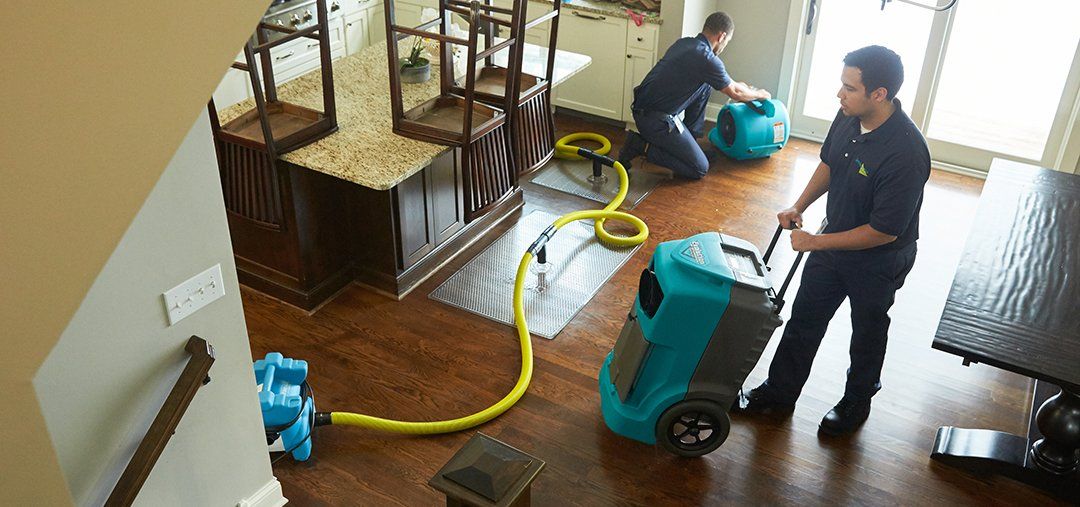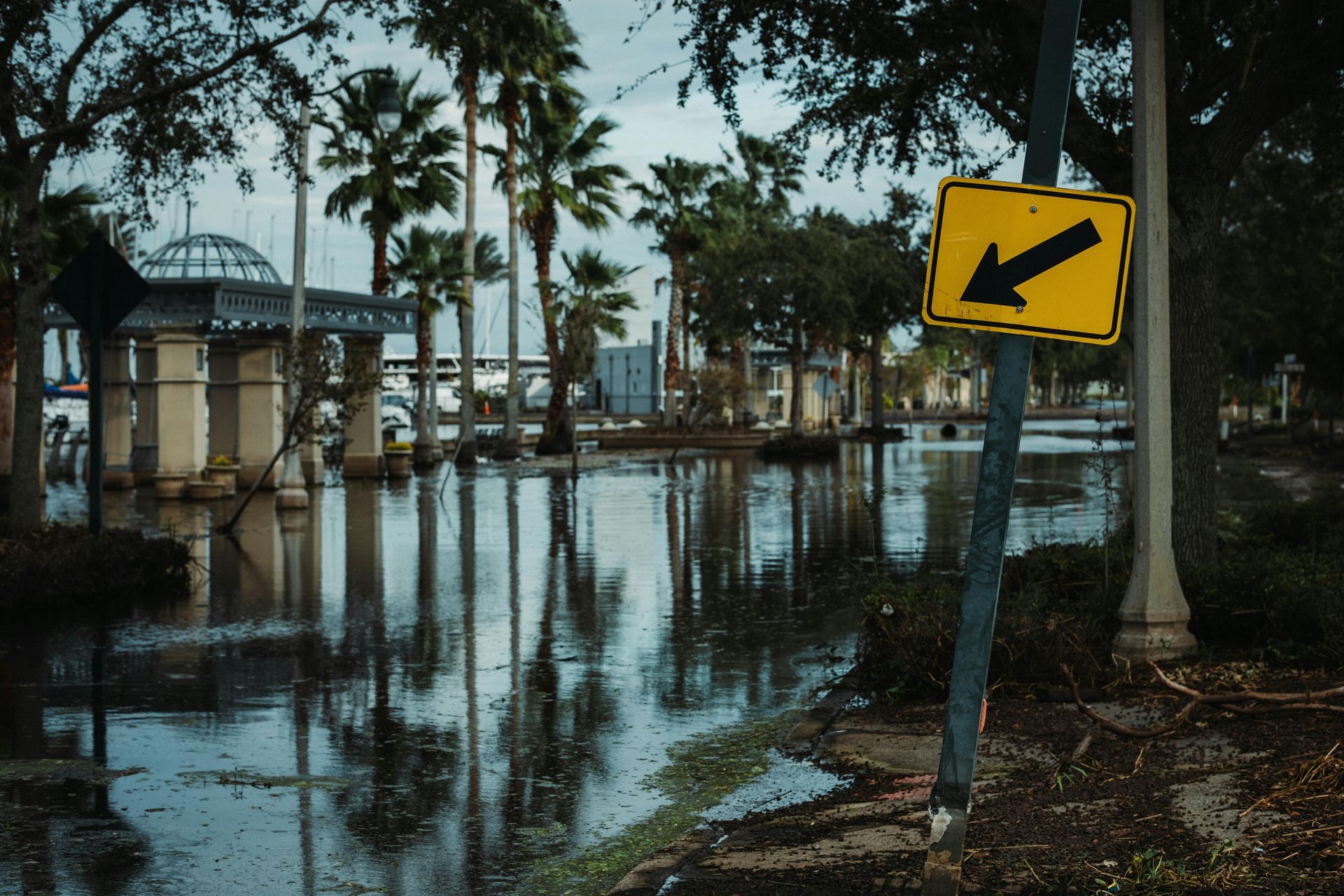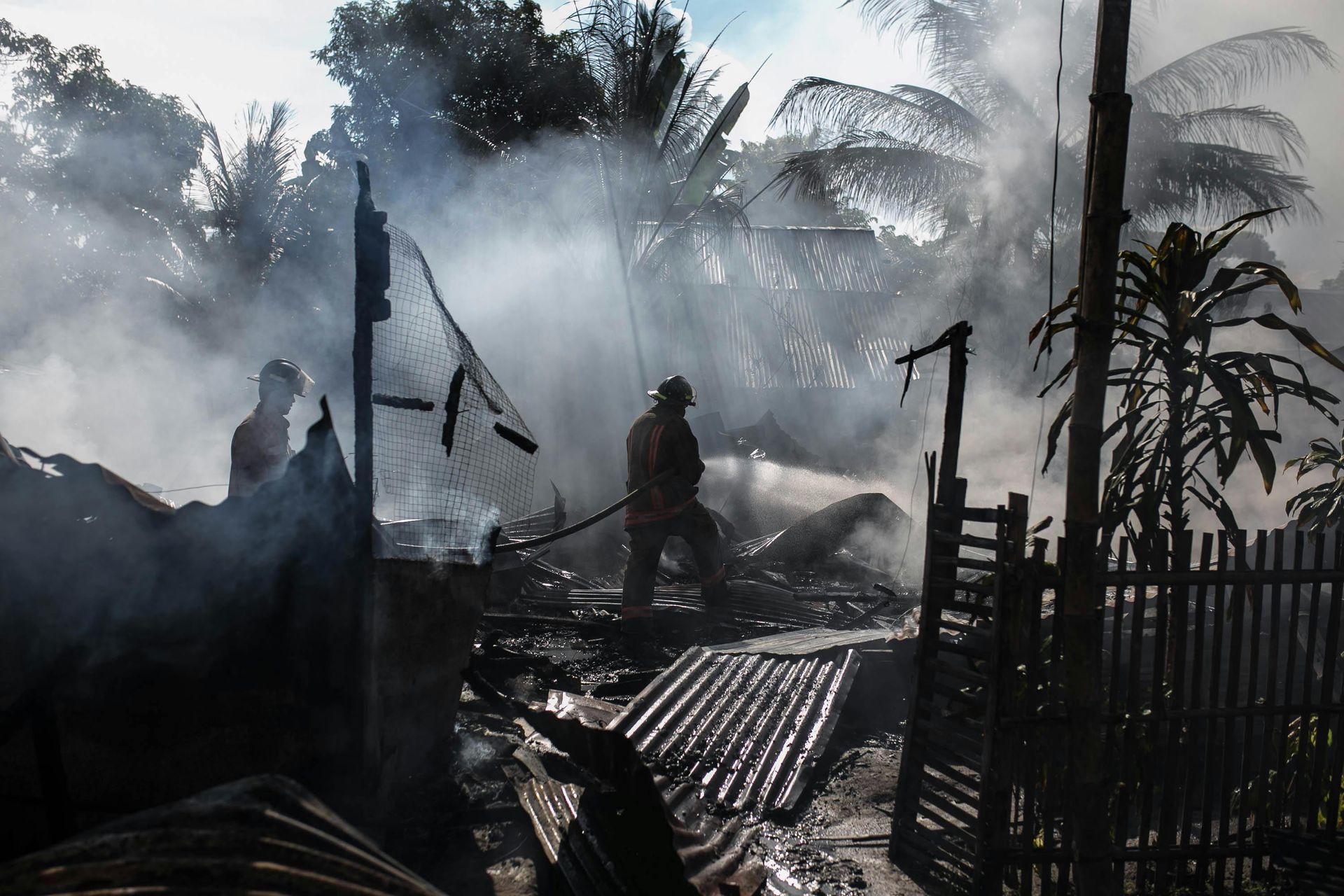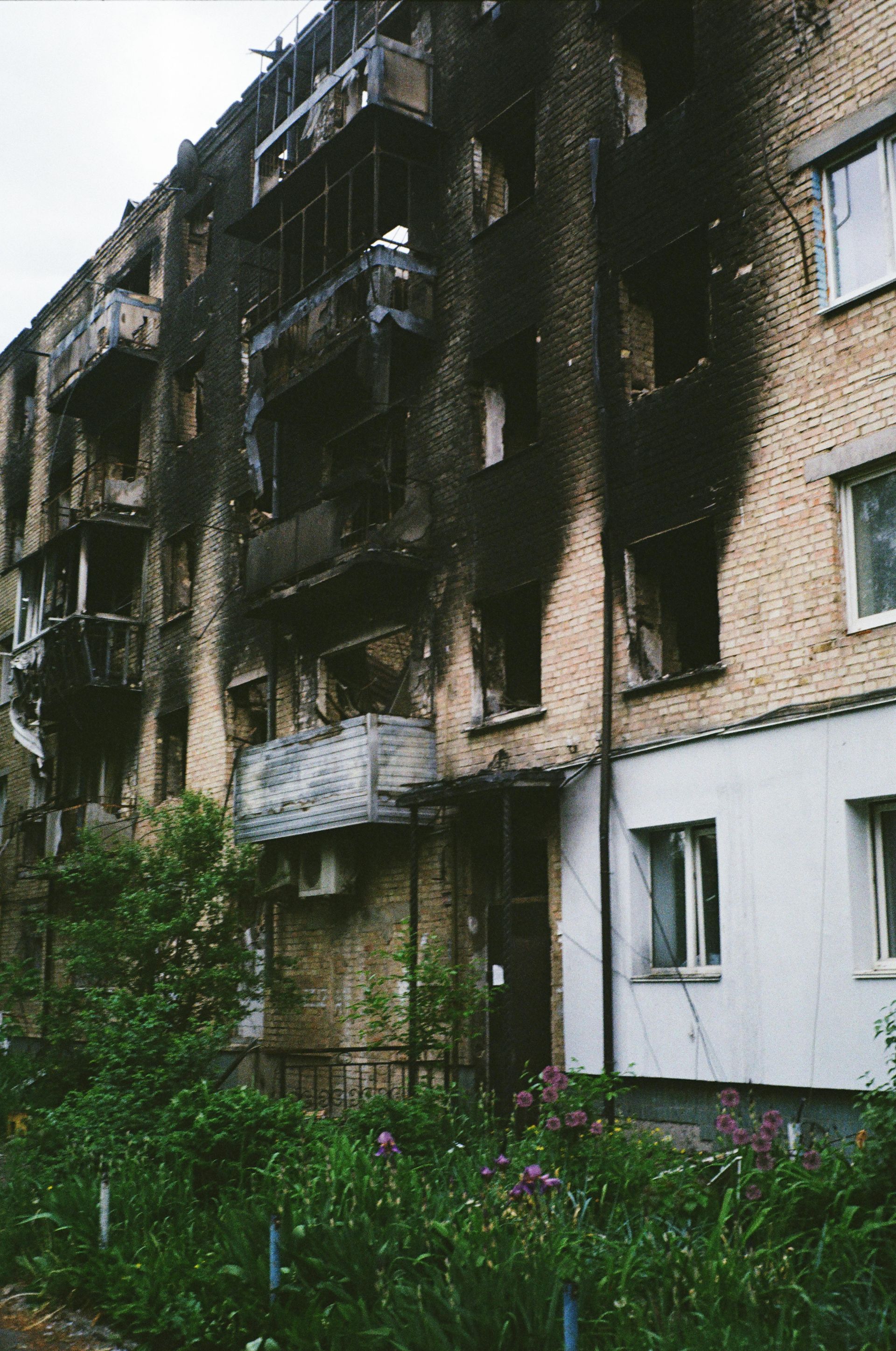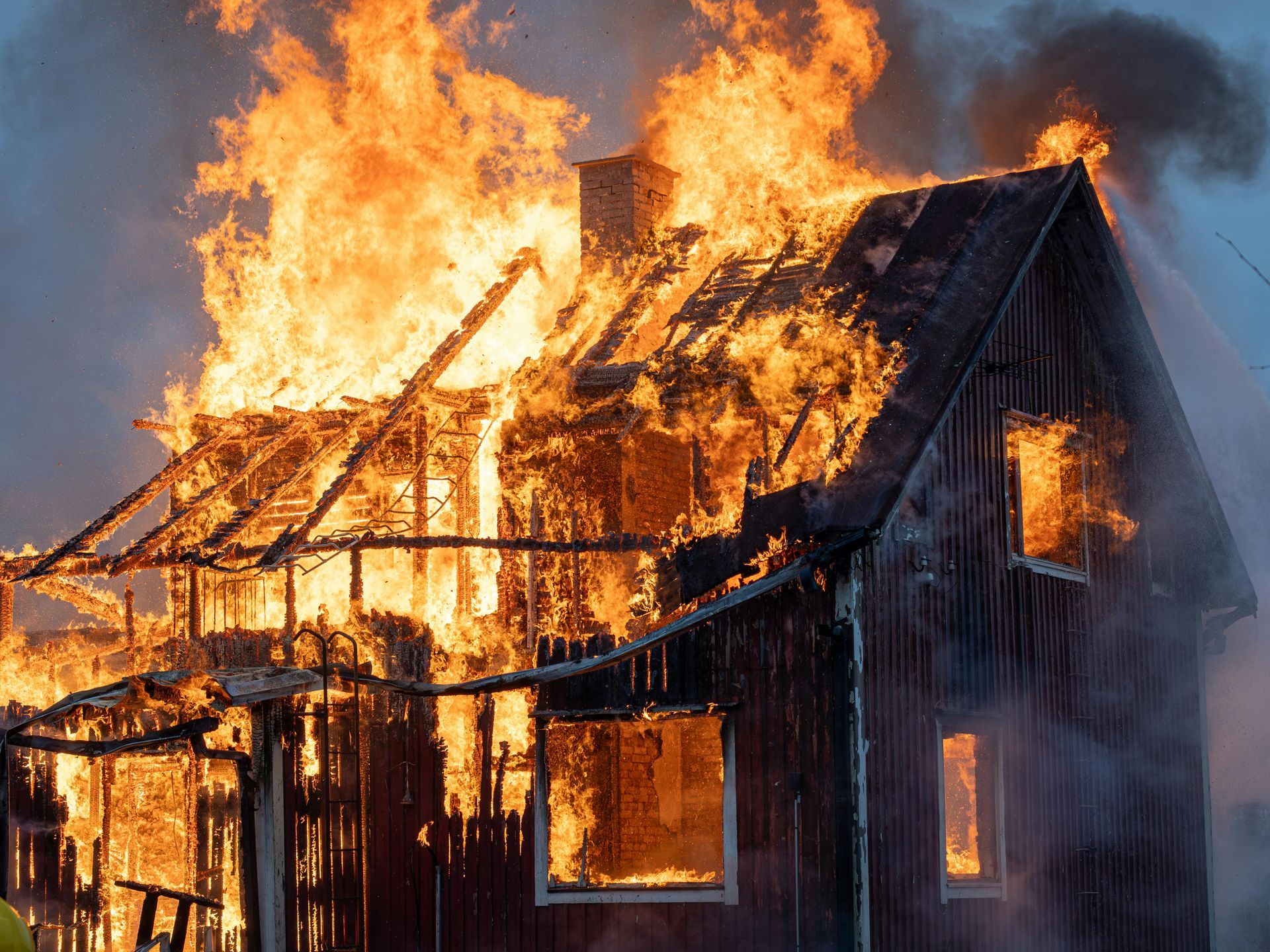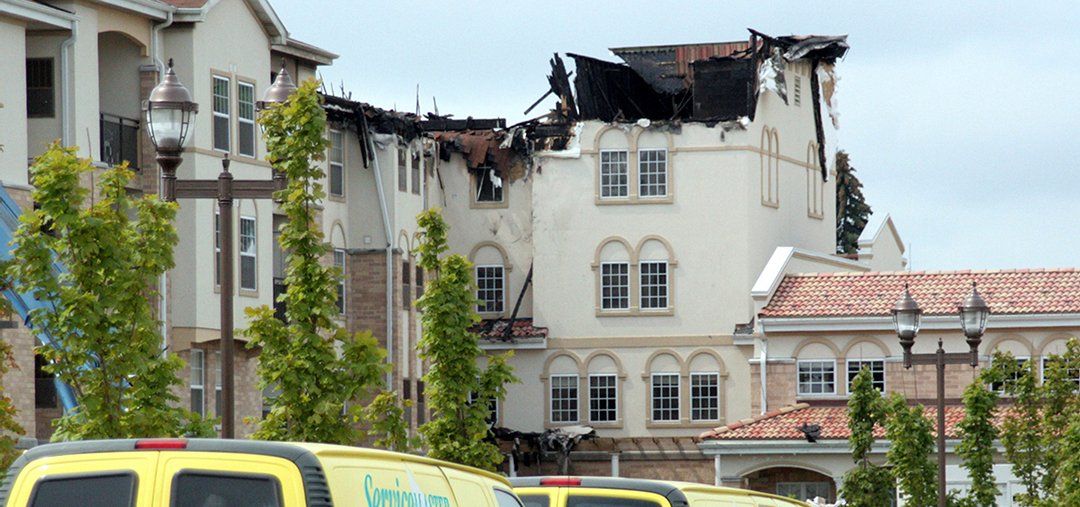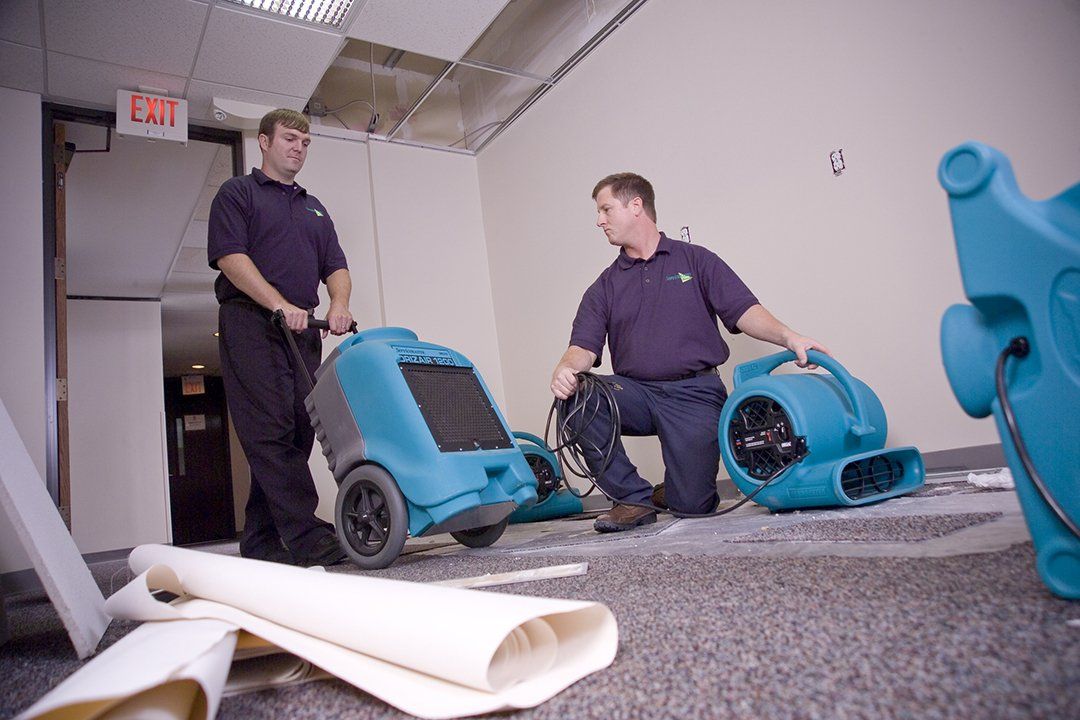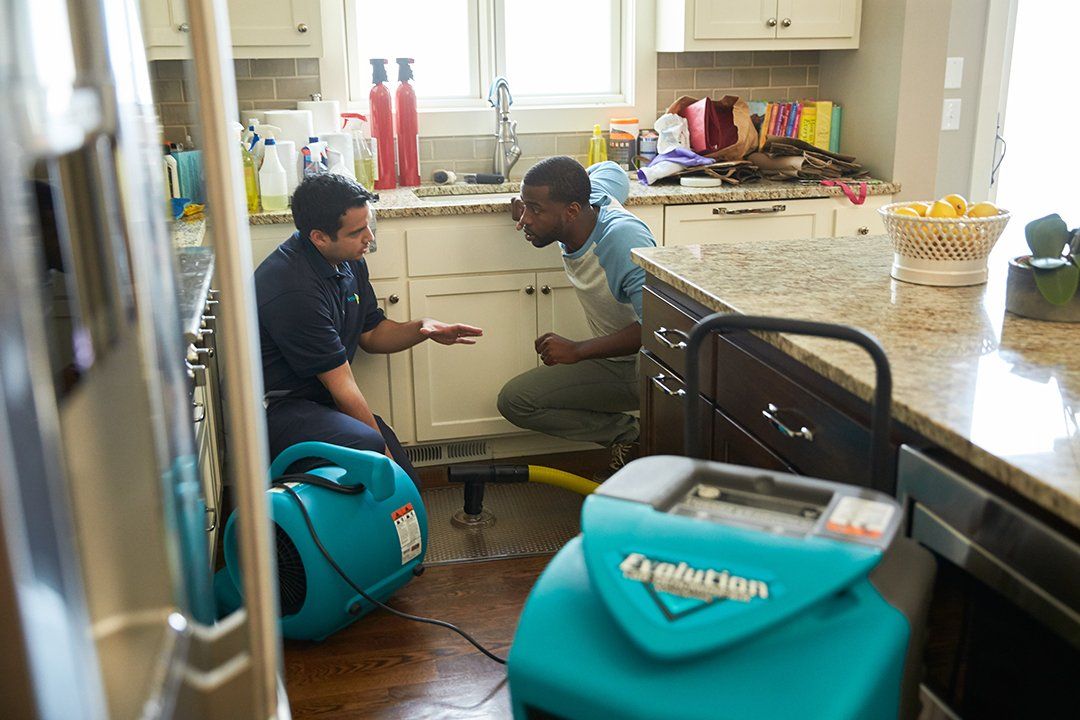Water Damage Restoration for Emergency Flood Recovery Plans
When flooding strikes, the damage can be overwhelming, but swift action is key to minimizing long-term issues. Water damage restoration begins with a thorough assessment to identify areas of concern, followed by water removal and drying to prevent mold and structural damage. Professional teams work quickly to restore your property, using specialized equipment and techniques to dry out affected areas and repair any damage. A well-planned emergency recovery strategy can help homeowners get back on track faster, protecting both the structure and personal belongings from lasting effects of water damage.
Immediate Action to Minimize Damage
In the event of flooding, a quick response is crucial. The first step in water damage restoration is stopping the flow of water, if possible, and ensuring the safety of all occupants. Once safe, it's essential to begin water extraction to reduce standing water and prevent further damage. A fast response not only minimizes structural harm but also reduces the chances of mold and mildew growth, which can develop quickly in damp environments. By acting swiftly, homeowners can save both time and money in the long run while ensuring a smoother restoration process.
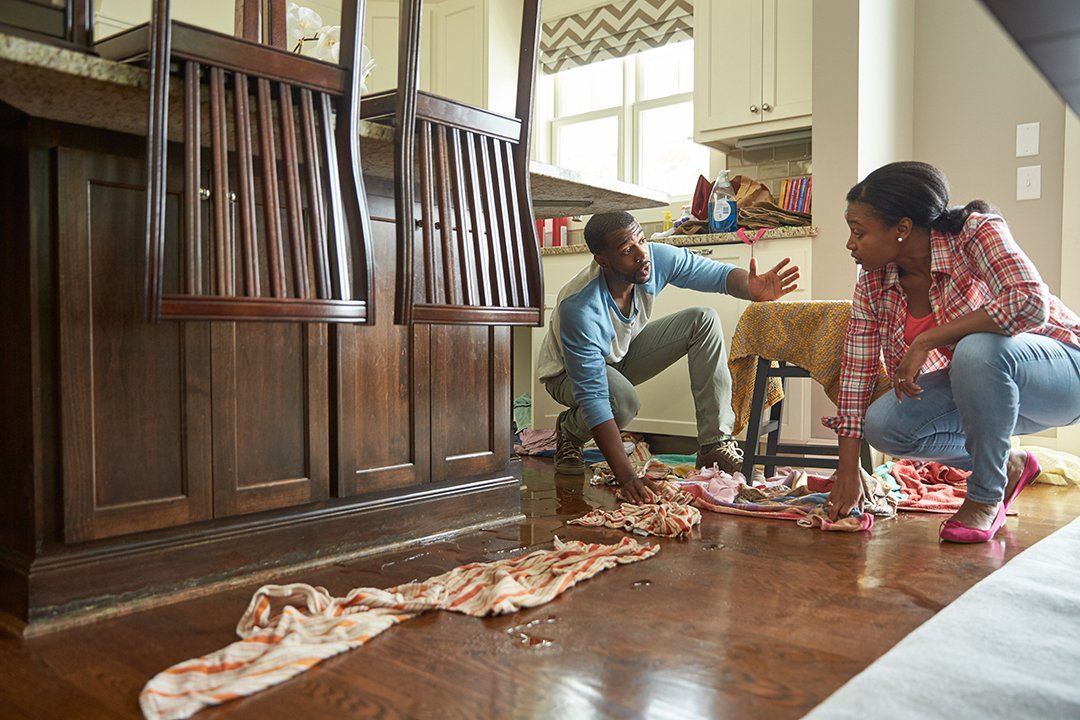
Safety First: Ensuring Occupant Protection
Before addressing water damage, the safety of everyone in the affected area must come first. Ensure that all individuals are evacuated from the premises and that electrical systems are turned off to prevent potential electrocution hazards. Identifying and addressing safety concerns promptly will minimize risk and allow restoration teams to start the recovery process without additional threats to health or well-being.
Stopping the Flow of Water
When flooding occurs, stopping the source of water as quickly as possible is crucial. If it's a burst pipe, turning off the water supply helps to prevent more water from entering the property. If the flood is due to external factors like heavy rain or rising rivers, it may be necessary to divert the flow by sandbagging or boarding up areas to prevent further damage.
Water Extraction to Prevent Further Damage
The next step in the restoration process is removing standing water. Using pumps and vacuums, professionals will extract as much water as possible from carpets, floors, and walls. The longer water remains in contact with surfaces, the greater the damage it can cause. Removing the water quickly helps protect structural elements and reduces the risk of severe, long-term damage to the property.
Reducing Mold and Mildew Risk
Mold and mildew thrive in damp environments, making quick water removal essential to prevent their growth. By rapidly extracting water and using dehumidifiers, restoration specialists minimize the risk of mold infestations. Mold can begin to grow within 24 to 48 hours, so acting quickly reduces the potential for significant health hazards and expensive repairs down the road.
Saving Time and Money with Swift Action
Responding to water damage as soon as possible can significantly cut down on both restoration time and costs. Immediate action prevents secondary issues like mold, mildew, and structural damage, which can lead to expensive repairs and prolonged disruption. By acting fast, homeowners can save on restoration costs, reduce the extent of the damage, and return to their property faster.
Water Extraction Techniques
Water extraction is the backbone of any successful water damage restoration process. Using powerful pumps and industrial vacuums, professionals quickly remove standing water, even in hard-to-reach areas. Specialized equipment is used to extract water from carpets, flooring, and walls to prevent them from absorbing too much moisture. The quicker this step is completed, the better the chance of avoiding secondary damage like warped wood or compromised foundations. Drying out your home thoroughly is vital to reducing health risks and stopping the spread of contaminants that flood waters may bring.
Thorough Drying and Dehumidification
Once the water has been removed, the next critical phase in the restoration process is thorough drying and dehumidification. Moisture can linger in hidden spots like walls, ceilings, and floors, creating the perfect environment for mold and bacteria. Restoration professionals use heavy-duty air movers, fans, and dehumidifiers to extract moisture from affected areas. This step can take several days, but it's vital for ensuring that no hidden dampness remains, safeguarding the property’s structural integrity and protecting the health of everyone in the building from potential respiratory issues caused by mold or mildew.
Mold Prevention and Treatment
Mold growth is one of the most concerning side effects of water damage, especially after flooding. Even after the water has been removed, any remaining moisture can lead to mold growth within 24-48 hours. To combat this, restoration specialists use antimicrobial treatments to prevent mold from forming. They also monitor humidity levels and may remove contaminated materials, like drywall or insulation, to ensure complete eradication. Mold removal and prevention are essential for keeping your home safe from the health hazards associated with prolonged exposure to mold, including respiratory issues and allergic reactions.
Structural Assessment and Repairs
Once water removal and drying are underway, it's time for a structural assessment to determine the extent of any damage to the building's framework. Floodwaters can weaken foundations, floors, and walls, so it’s crucial to evaluate whether repairs are needed. A professional assessment may uncover hidden issues like weakened support beams, sagging floors, or damaged electrical wiring that could compromise the safety of the building. Addressing these concerns early on ensures the home remains safe for its occupants, helping to prevent further deterioration and avoid costly repairs in the future.
Content Restoration and Salvage
Beyond the structure itself, floodwaters often damage personal belongings. Furniture, electronics, documents, and other valuables can be salvaged with the right restoration methods. Professionals carefully assess what can be cleaned and restored, using specialized techniques for each item. For example, water-damaged books can be freeze-dried, while furniture may be cleaned and disinfected. Restoration experts can even restore photographs and other irreplaceable items. By focusing on content recovery, homeowners can reclaim items that might otherwise seem lost, adding a personal touch to the overall recovery process.
Insurance Assistance and Claims Support
Dealing with insurance after a flood can be overwhelming, but it’s an essential part of the water damage restoration process. Many restoration companies offer assistance in navigating insurance claims. They can help document the damage with photographs, create detailed reports, and even work directly with insurance adjusters to ensure you receive the coverage you're entitled to. By having a team of professionals on your side, you can streamline the claims process and ensure that all necessary repairs and restoration are covered, reducing your financial burden during a difficult time.
Prevention Strategies for Future Flooding
After a flood, it’s important to think about future prevention to reduce the risk of similar damage happening again. Restoration experts can offer guidance on waterproofing your home, such as installing sump pumps, sealing cracks in the foundation, or adding barriers to prevent water from entering the property. Regular maintenance, like clearing gutters and checking drainage systems, can also help prevent flooding. By implementing these strategies, homeowners can improve their flood resilience, providing peace of mind and reducing the chances of facing similar water damage challenges down the line.
Conclusion
When facing the aftermath of water damage caused by flooding, a swift and professional response is crucial for minimizing damage and ensuring a safe, healthy environment. At ServiceMaster Restoration Services, we understand the urgency of flood recovery and provide expert water damage restoration services tailored to meet the specific needs of each property. With years of experience in emergency restoration, our team is dedicated to restoring your home or business to its pre-damage condition quickly and efficiently.
Based in Lisle, IL, we are proud to serve our local community and surrounding areas with high-quality water damage restoration services. Whether you're dealing with a flooded basement or significant structural damage, our trained specialists are here to help. Trust ServiceMaster Restoration Services for all your emergency flood recovery needs.
Blog
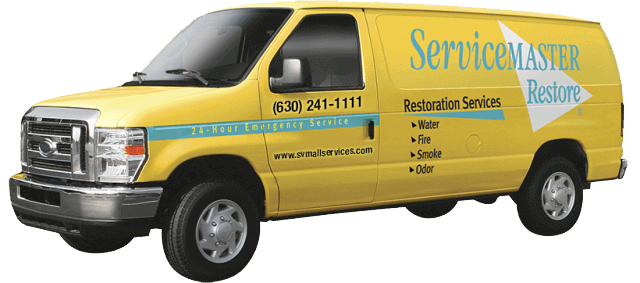
ServiceMaster Restoration Services Lisle
924 Ogden Ave.Lisle, Illinois 60532Phone: (630) 241-1111
ServiceMaster Restoration Services Elmhurst
691 N Church Rd Ste 204Elmhurst, Illinois 60126Phone: (630) 717-2222
ServiceMaster Restoration Services Naperville
904 Piedmont CirNaperville, IL 60565Phone: (630) 717-9292
Our Location
924 Ogden Ave.Lisle, Illinois 60532
All Rights Reserved | Service Master Restoration services

